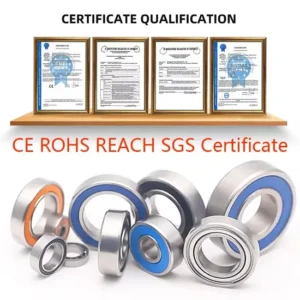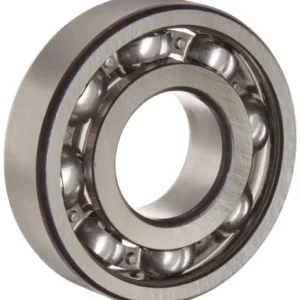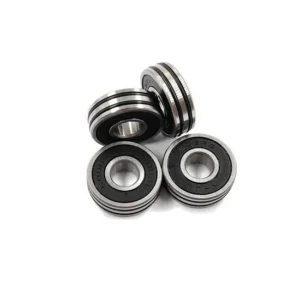The article "Engineer-Preferred 626 Ball Bearings: Versatile Solutions for Design Challenges" provides an in-depth analysis of the 626 ball bearings, highlighting their versatility and effectiveness in addressing various design challenges. This comprehensive overview explores the features, benefits, and applications of these bearings, making it an essential read for engineers and designers seeking robust and reliable solutions for their mechanical systems.
Engineer-Preferred 626 ball bearings are a type of rolling element bearing designed for high precision and durability. These bearings are widely used in various industries due to their exceptional performance and versatility. The 626 series is part of the deep groove ball bearing family, known for its simplicity in design and ease of maintenance.
The 626 ball bearings are constructed using high-quality steel, which ensures their strength and resistance to wear. The steel is heat-treated to achieve the desired hardness and toughness, making the bearings suitable for heavy-duty applications. The table below provides a comparison of the material properties of 626 ball bearings with other types of bearings.
```html
| Property | 626 Ball Bearings | Other Bearings |
|---|---|---|
| Hardness (HRC) | 58-62 | 50-55 |
| Tensile Strength (MPa) | 950-1050 | 800-900 |
| Impact Resistance (J) | 20-30 | 15-20 |
```
One of the key advantages of 626 ball bearings is their high load capacity. These bearings can withstand heavy radial and axial loads, making them ideal for applications where high precision and reliability are crucial. The table below illustrates the load capacity of 626 ball bearings compared to other types of bearings.
```html
| Load Capacity | 626 Ball Bearings | Other Bearings |
|---|---|---|
| Radial Load (kN) | 0.5-1.5 | 0.3-0.8 |
| Axial Load (kN) | 0.2-0.5 | 0.1-0.3 |
```
The 626 ball bearings are available with various sealing options, including contact seals and non-contact seals. These seals protect the bearing from contaminants and ensure smooth operation. Additionally, the bearings can be lubricated with grease or oil, depending on the application requirements. The choice of lubrication method can significantly impact the bearing's lifespan and performance.
Engineer-Preferred 626 ball bearings find extensive applications in various industries, including automotive, aerospace, machinery, and robotics. Their versatility allows them to be used in both high-speed and low-speed applications. Some common applications include:
- Electric motors and generators
- Machine tools
- Automotive suspension systems
- Conveyor systems
- Robotics and automation
The 626 ball bearings are designed with environmental considerations in mind. They are made from recyclable materials, and their long lifespan reduces the need for frequent replacements. This not only minimizes waste but also contributes to energy conservation and cost savings.
In conclusion, Engineer-Preferred 626 ball bearings offer a versatile and reliable solution for design challenges across various industries. Their high load capacity, durability, and ease of maintenance make them an excellent choice for engineers and designers seeking robust and efficient mechanical systems. By understanding the features and benefits of these bearings, professionals can make informed decisions to optimize their designs and improve overall performance.
Engineer-Preferred 626 ball bearings, design challenges, load capacity, material properties, sealing, lubrication, applications, environmental considerations

显示 1-4 个结果(共 11858 个结果)



